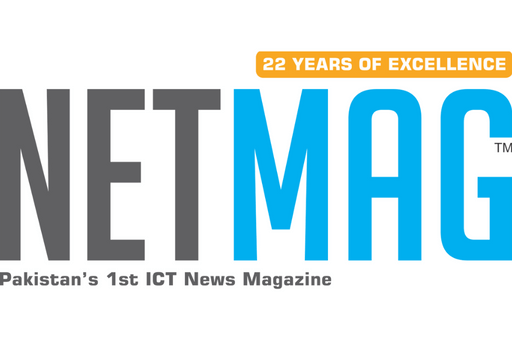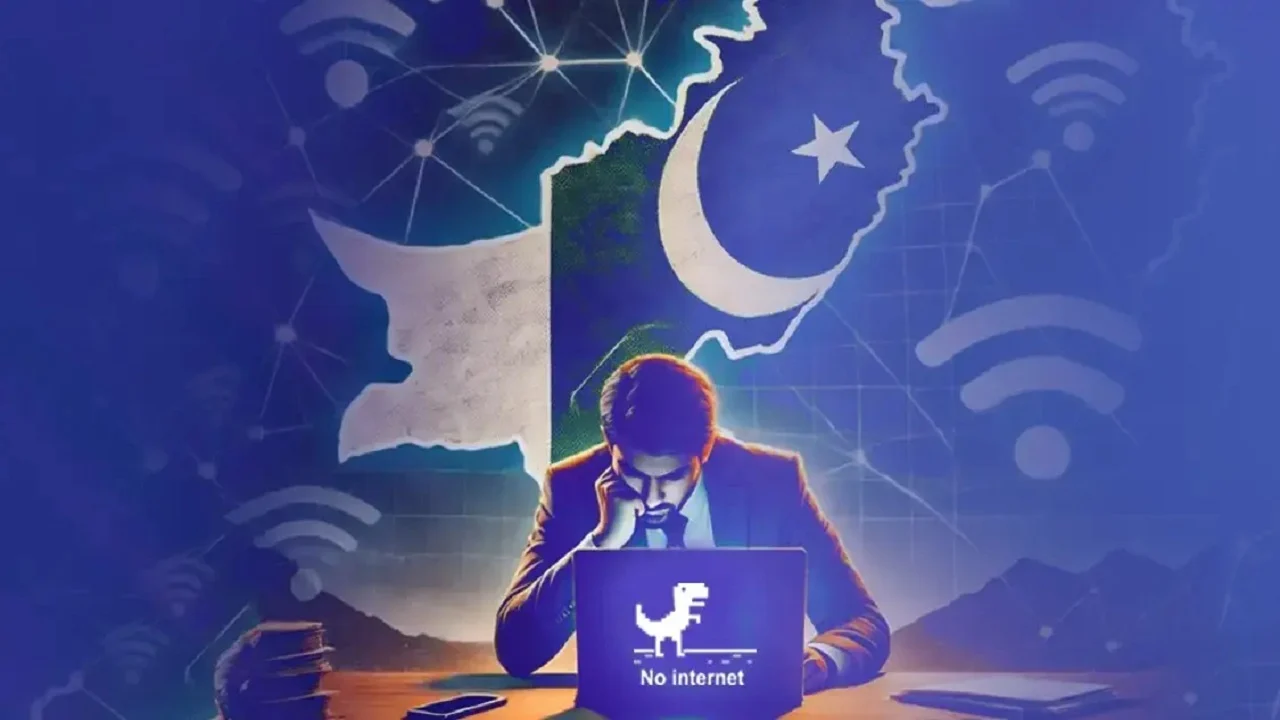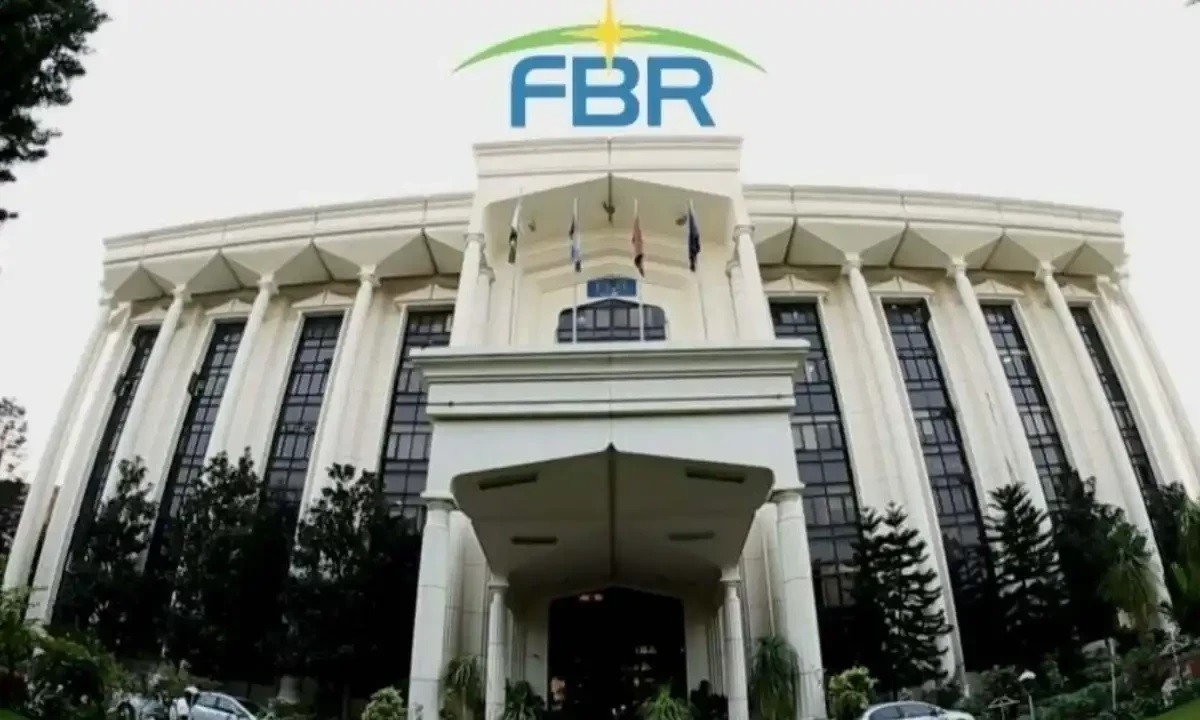Pakistan’s ambitions of becoming a digital nation are facing major setbacks due to poor internet performance, weak cybersecurity, and uneven digital adoption, according to the State Bank of Pakistan (SBP).
The SBP’s latest report highlights that Pakistan ranks 141st out of 151 countries in broadband speed and 99th out of 110 for mobile internet, based on the Speedtest Global Index. Frequent internet slowdowns and shutdowns continue to hinder digital growth, affecting citizens, businesses, and the government’s broader digital transformation goals.
Another critical concern is the country’s low cybersecurity readiness. Pakistan lags behind peer economies in securing internet servers, pointing to underdeveloped protections in cyberspace.
Experts emphasize the need for robust digital public infrastructure (DPI)—including systems for digital identity, digital payments, data sharing, and other foundational technologies. DPI can streamline government services, reduce duplication, and promote innovation by enabling the private sector to build upon open-source platforms and shared data.
READ MORE: Starlink Faces Delay in Pakistan License Pending Permanent Registration
While Pakistan has made some progress—such as biometric verification via NADRA and RAAST, the SBP’s digital payment system—challenges remain. Policies like the Cloud First Policy 2022 (CFP) and the Digital Nation Act 2024 (DNA) are promising, but their implementation has been slow and uneven, especially in areas like data interoperability and sharing.
Public digital adoption also trails behind. Despite widespread mobile phone ownership, internet access and usage—especially in rural areas and among women—remain limited. Experts urge the government to enhance digital literacy, ensure online safety, and build public trust in digital services.
Without significant investment in infrastructure, cybersecurity, and inclusive access, Pakistan risks falling behind in the global digital economy and missing opportunities in emerging technologies like Web 3.0.



